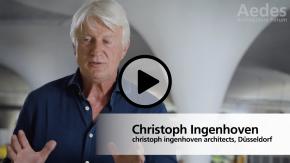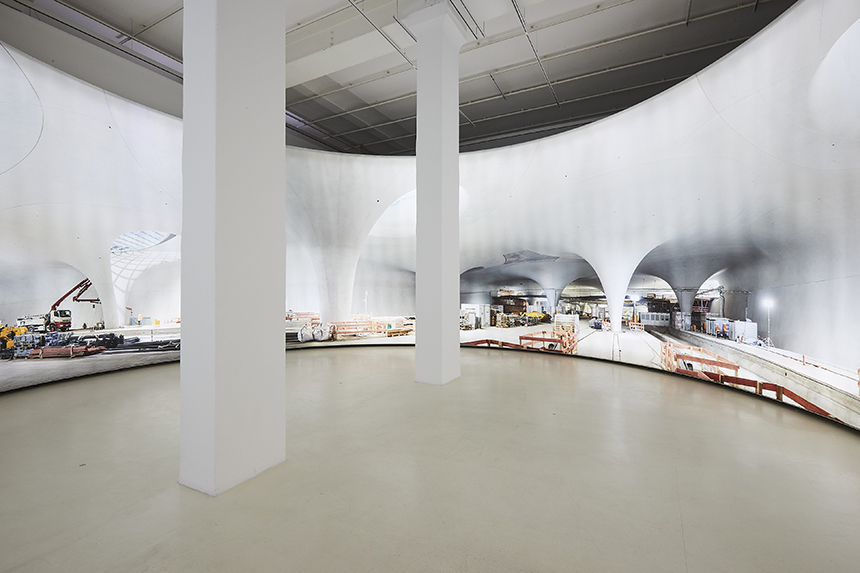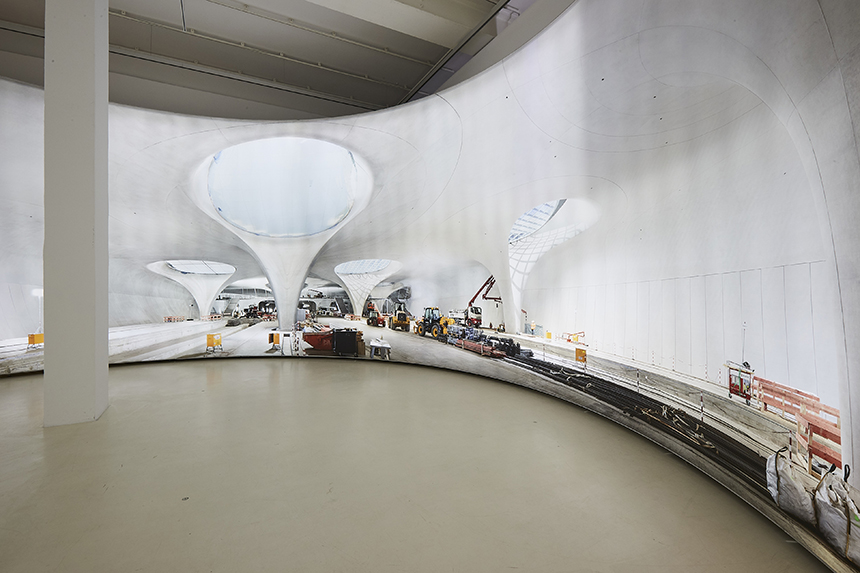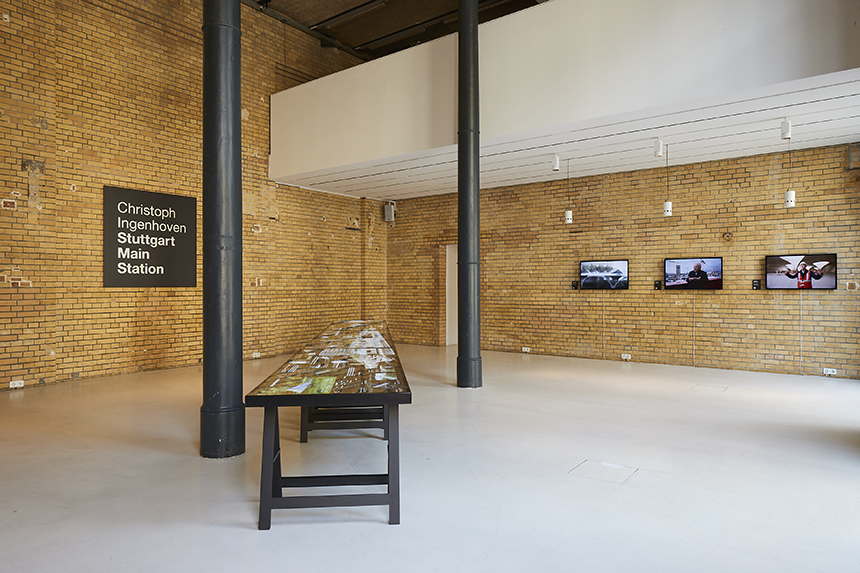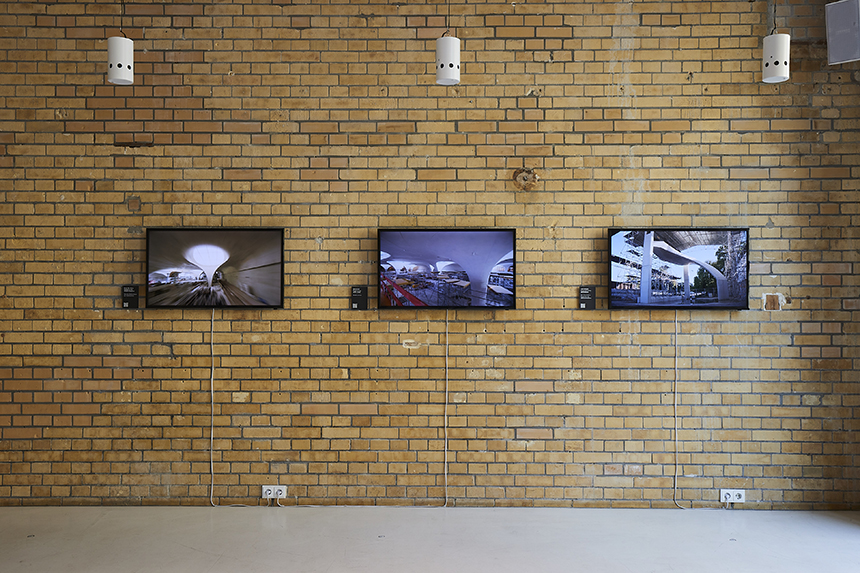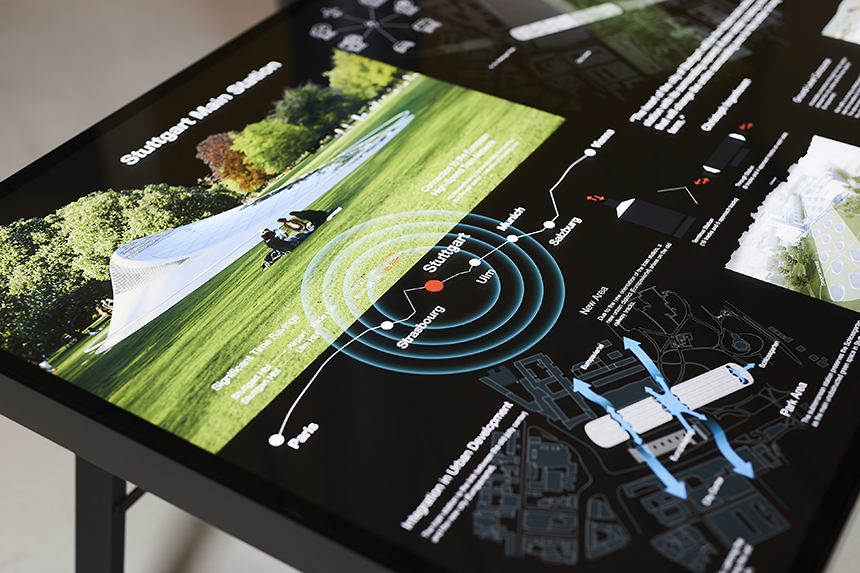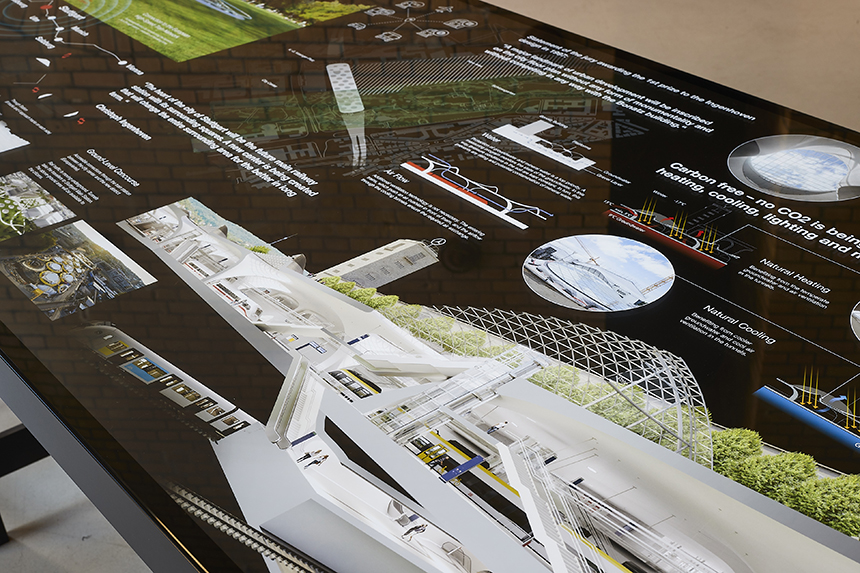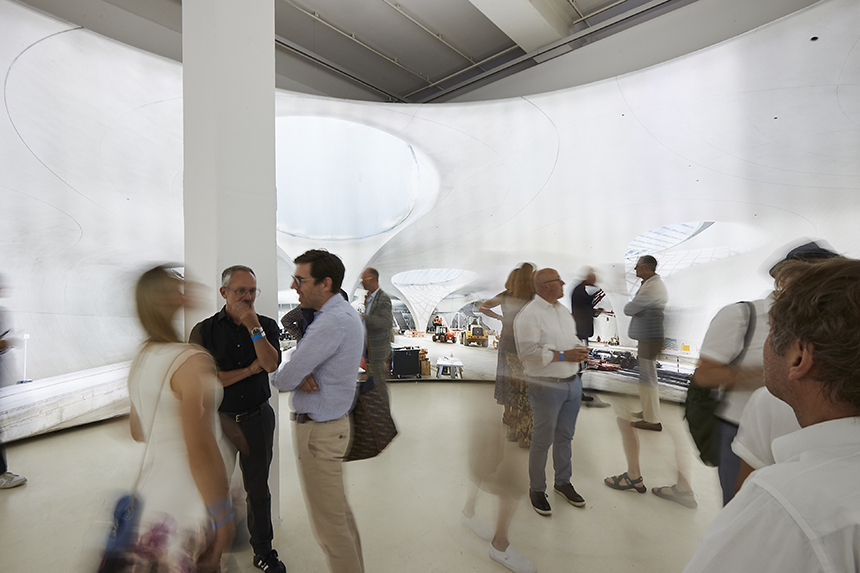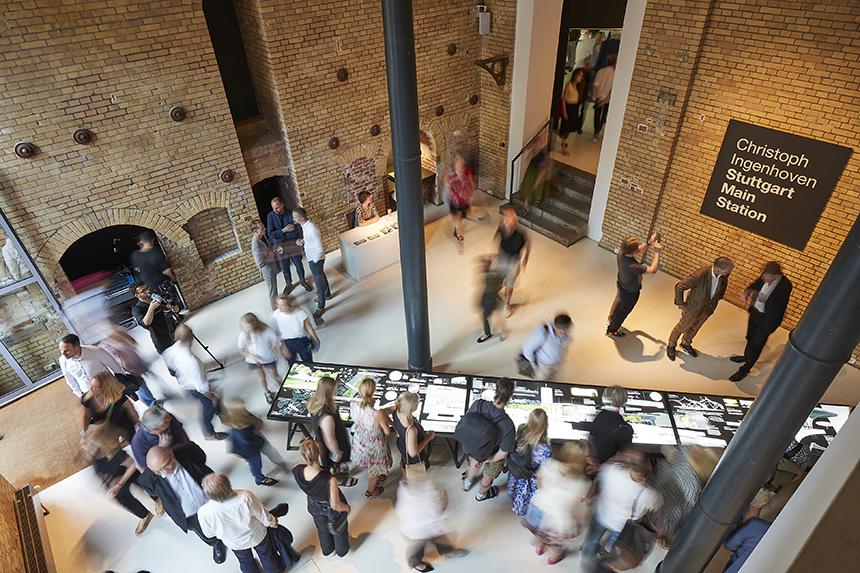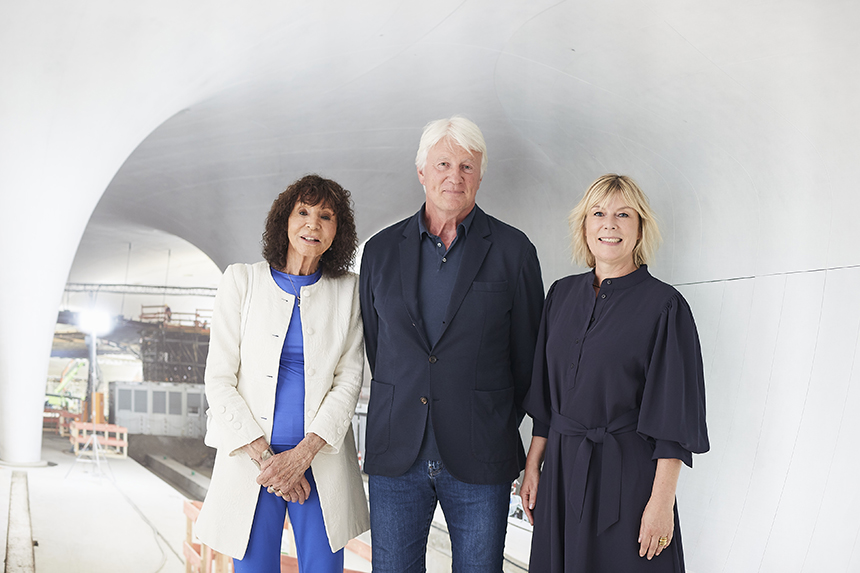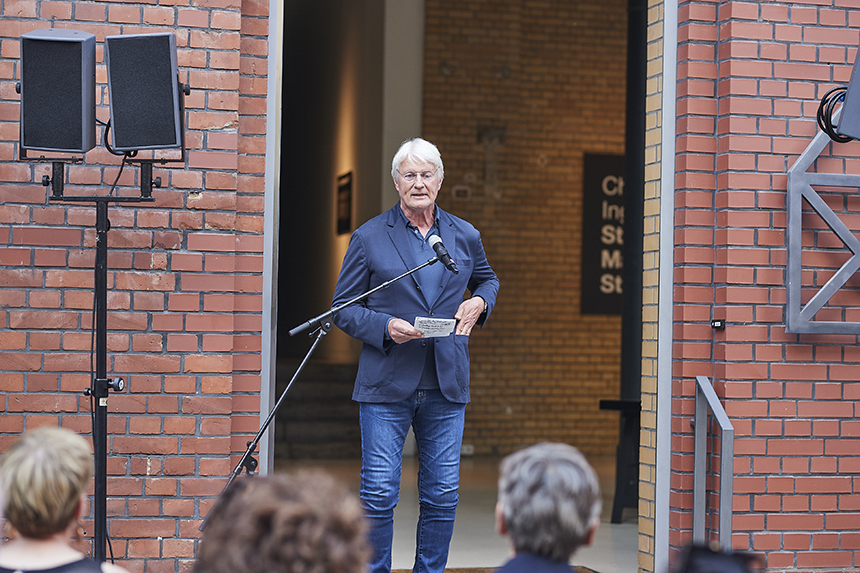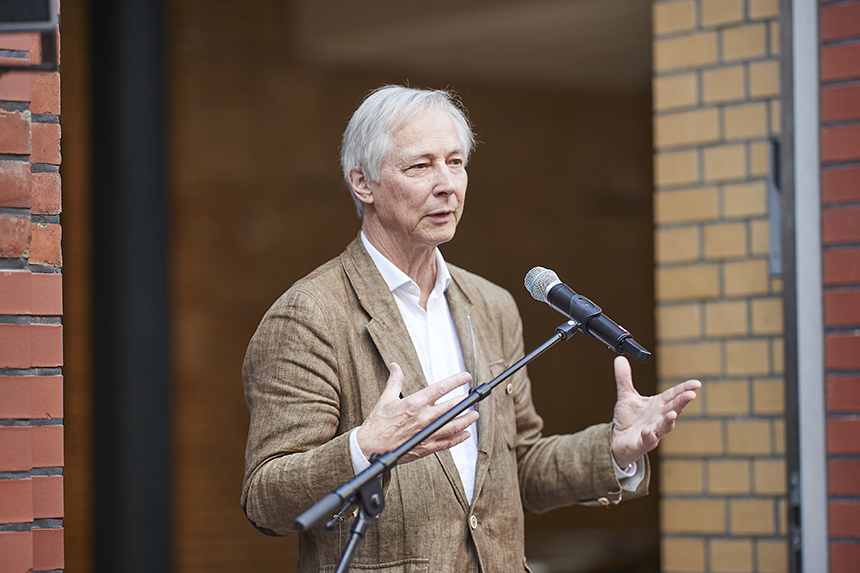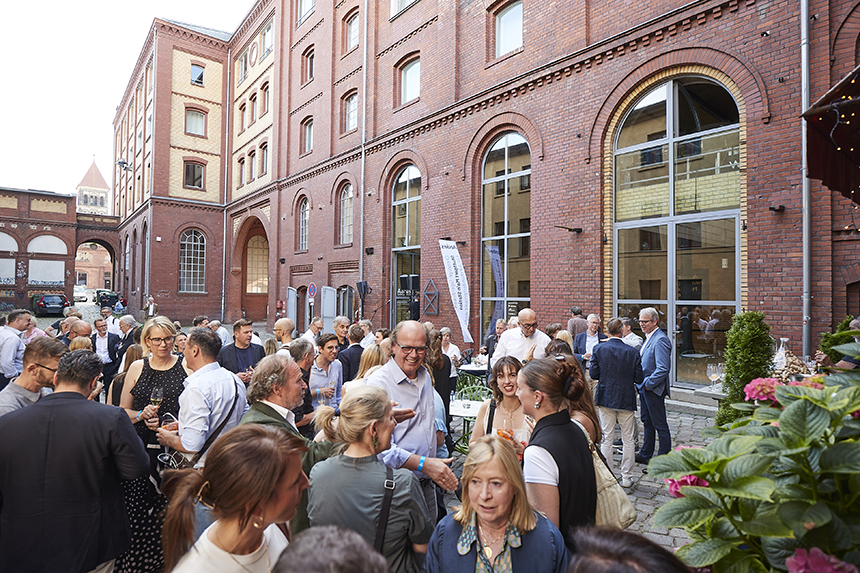The new underground Stuttgart Main Station is coming to Berlin this summer. In a spectacular 360° photo installation at Aedes, christoph ingenhoven architects are presenting the once-in-a-century project – on the occasion of Christoph Ingenhoven being honoured as the AW Architect of the Year 2024. In the past four decades Christoph Ingenhoven and his team have frequently pushed the limits of construction technology for the benefit of ecology: both in Germany and internationally. With the new building for the RWE AG in Essen, the first high-rise with a naturally ventilated double façade was erected in 1996. High-rise projects that received multiple awards were completed in Sydney in 2011, Singapore in 2018 and Tokyo in 2021. On the Kö-Bogen II in Düsseldorf, Europe’s biggest green building shell has been growing since 2022. In 2026, when the Stuttgart Main Station goes into operation, it expands the portfolio to include a unique archetype that defines the typology of the railway station in the city centre completely anew: original, ecological and supergreen.
A New Main Station for Stuttgart
The construction of the Stuttgart-Ulm railway line is one of the largest infrastructure projects in Europe. The centrepiece is the new Stuttgart Main Station, which replaces the former 16-track terminus station as an underground 8-track through station. As part of this, the aboveground tracks in the city centre are being removed and the areas thus freed up open up new urban-development perspectives. Stuttgart-East and Stuttgart-North – city districts previously separated by tracks – will be connected with each other again after over 150 years and travel time shortened.
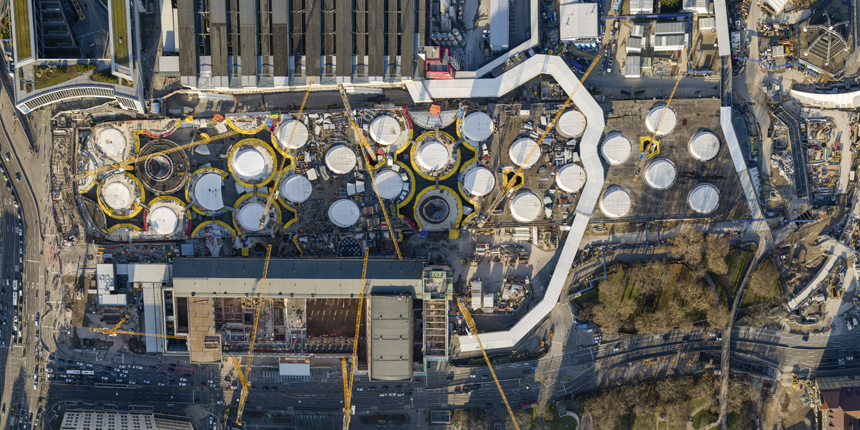
Stuttgart Main Station, construction site, 2024. © HGEsch
Christoph Ingenhoven (advised by, et al., Frei Otto) won the competition for the new design for the Stuttgart Main Station in 1997. After the financing agreement was concluded in April 2009, construction work was begun on 2 February 2010. The new main station is supposed to go into operation for the change in timetables in December 2026. Christoph Ingenhoven explains: ‘This project will have enormous significance for the development of Stuttgart, Baden-Württemberg, and southwest Germany. The building must also do justice to this significance with its design – must show what Stuttgart is today and will be in future.’
The planning encompasses the new building of the underground station concourse, the conversion of the aboveground entrance building, the design of open spaces, and the relocation of the Staatsgalerie tramway stop. The landmarked station building (1928) by Paul Bonatz and Friedrich Eugen Scholer is retained as the entrance building. As a result of the relocating of the tracks, the Schlossgarten (Castle Garden) will be expanded and integrated more intensively into the city. New open spaces are created for the city owing to the tracks for the high-speed line being laid underground.
A central element of the design is the accessible, greened station roof, which links both sides of the valley walls of Stuttgart with one another. So-called light eyes offer a view into the underground station concourse. Four curved, steel-and-glass grid shells form the new entrances. In place of the aboveground tracks, two new districts of the city are being created: the Rosenstein district with 50 hectares for housing and work and the Europa district with 20 hectares.

Stuttgart Main Station, construction site, 2024. © Achim Birnbaum
Dynamic Forms and a Comfortable Climate
Twenty-eight chalice-shaped pillars of white exposed concrete form the shell roof of the new underground, light-flooded station concourse. With their freely flowing dynamic forms, they shape the spatial and sensory quality of the station. The unique roof construction allows daylight into the concourse and ensures natural aeration and ventilation. The 450-metre-long and 80-metre-wide roof is a free form that follows the loads in an efficient manner. It is thus a material-saving construction as well.
In the underground station concourse, there is a comfortable climate without additional climate control. The incident daylight reduces energy use for artificial lighting. Photovoltaic modules are installed on the roof of the landmarked station building for power generation.

Stuttgart Main Station, construction site, 2024. © HGEsch
Exhibition
The exhibition at Aedes is dedicated to the new Stuttgart Main Station. In the front exhibition space, various displays and several interviews with participants elucidate the design process and the structural realisation. The second exhibition space offers insights into the already completed shell construction of the underground station concourse. A 360-degree photo installation, a so-called rotunda, conveys the spatial feeling of this location. The photograph by HGEsch puts viewers in the centre of the imposing structure. A nearly 4-metre-high screen with a diameter of 9 metres facilitates a perception of the architecture that can otherwise only be conveyed on site.
The exhibition is the second for Stuttgart Main Station at Aedes, as the first design for the project was presented back in 1999 under the title Hauptbahnhof Stuttgart - Ingenhoven Overdiek und Partners.
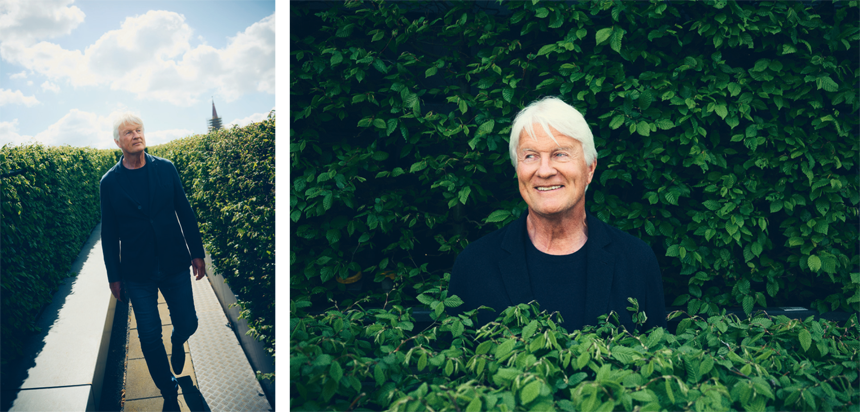
Christoph Ingenhoven © Urban Zintel
About christoph ingenhoven architects
Christoph Ingenhoven is amongst the world’s leading architects promoting and realising sustainable and ecological architecture. He studied architecture at the RWTH Aachen and at the Kunstakademie Düsseldorf with Hans Hollein. In 1985, he founded Christoph Ingenhoven Architekten and has since then been responsible for projects around the world of all sizes and typologies – today under the name christoph ingenhoven architects, with their headquarters in the Medienhafen in Düsseldorf. His most important buildings include the RWE Tower in Essen, the European Investment Bank in Luxemburg, the Lufthansa HQ in Frankfurt/Main, Swarovski HQ at Lake Zurich, the 1 Bligh high-rise in Sydney, Marina One in Singapore and the Main Station in Stuttgart. His most recent projects – the Kö-Bogen II in Düsseldorf, the Toranomon Hills Towers in Tokyo, and the Lanserhof Sylt – have been awarded international prizes. For his approach to design focussing on sustainability, Christoph Ingenhoven coined the term supergreen®.
AW Architect of the Year 2024
Since 2012, AW Architektur & Wohnen has been awarding the prize AW Architect of the Year to outstanding architects who provide new impulses for architecture, the city and people by means of original concepts and visionary design ideas. In 2024, the winner of the prize is Christoph Ingenhoven. ‘Christoph Ingenhoven is an international pioneer and ambassador for ecological construction. A true visionary and outstanding thought leader who surprises again and again with his ideas and finds future-oriented responses to the big questions of our time,’ acclaims Karen Hartwig, the editor-in-chief of AW Architektur & Wohnen. ‘His architecture stands for an uncompromising aesthetic with the aspiration to build as ecologically and sustainably as possible. For this exemplary position, we are honouring Christoph Ingenhoven as AW Architect of the Year 2024.’
AW Architektur & Wohnen, with its headquarters in Hamburg, is one of the leading magazines for architecture, design, living, garden design and travel in Germany. For sixty-seven years, AW Architektur & Wohnen has participated actively in cultural discourse, advocated for the highest quality of architecture, interior architecture and product design, and presented international protagonists from these fields. Since 1997, the editorial department has selected an internationally renowned creative individual on an annual basis as AW Designer of the Year, and for the last twelve years AW Architektur & Wohnen has been awarding in parallel the prize AW Architect of the Year. With the prize, the editorial department honours architects who provide new impulses for architecture and the city based on individual concepts and creative design ideas. The prize-winners thus far include MVRDV, BIG and gmp as well as the studios of Dorte Mandrup, Snøhetta, Kéré Architecture, Tatiana Bilbao Estudio and Sou Fujimoto, who exhibited at Aedes in Berlin on the occasion of being awarded the prize.
Aedes Catalogue
An Aedes catalogue will be published.
English, 10€
> Order here
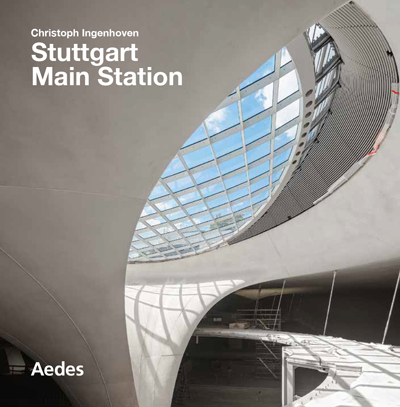
Project Sponsors
AW Architektur & Wohnen, LAUFEN, Godelmann, V-ZUG, Gira, Poliform, artemide, Kettler

